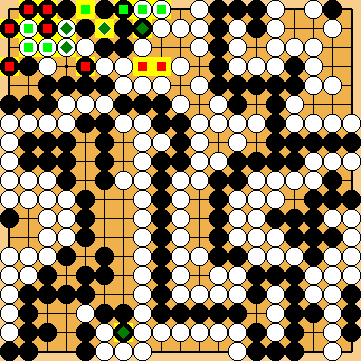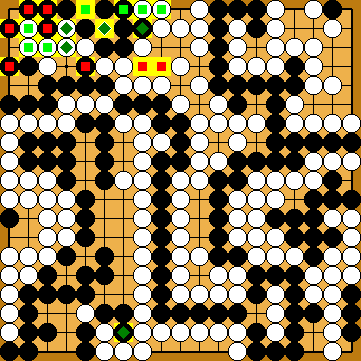Variations of Our Solution (IIIb)
Tricking KataGo (Triple-Ko)
VAR  (C)
(C)  (A)
(A) 
 (.2)
(.2) 




|
|
|
|
|
|
|
Please note that White's atari
|
|
If Black did without this move, White would descent to this point. After |
|
Capture Variation: Compared to the superordinate variation ...
In total, Black gained nine points. White + 3 => Black + 6 |
|
Semeai Variation: Compared to the superordinate variation ...
In total, Black gained nine points. Jigo => Black + 9 |
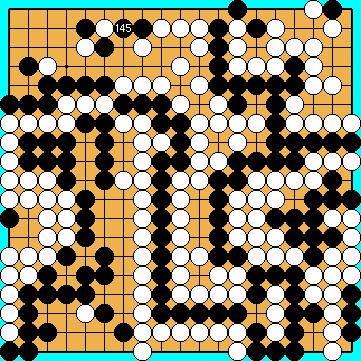
 222fu
222fu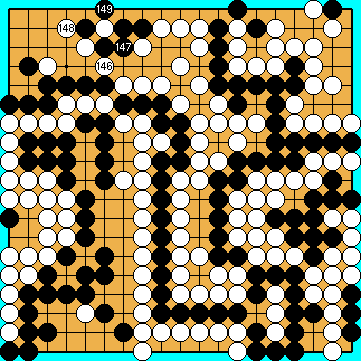
 :
: :
: :
: :
: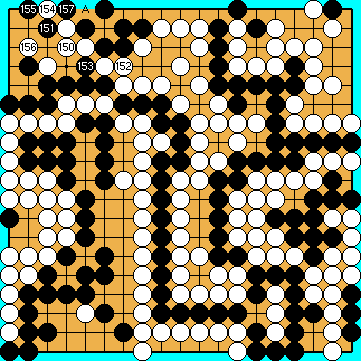
 :
: :
: :
: .
. :
: :
: :
: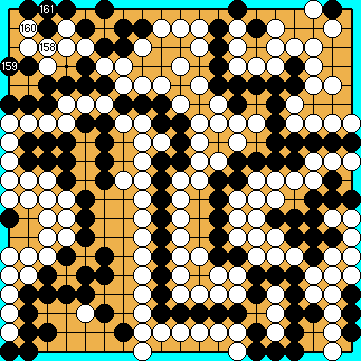
 :
: at the left edge is not sente here; Black would give atari at
at the left edge is not sente here; Black would give atari at  .
. :
: :
: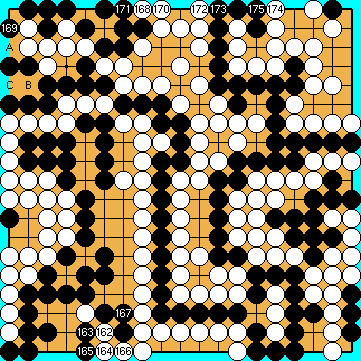
 :
: :
: :
: ,
,  ,
,  , the corner would have become a seki, so White would win the game again.
, the corner would have become a seki, so White would win the game again.